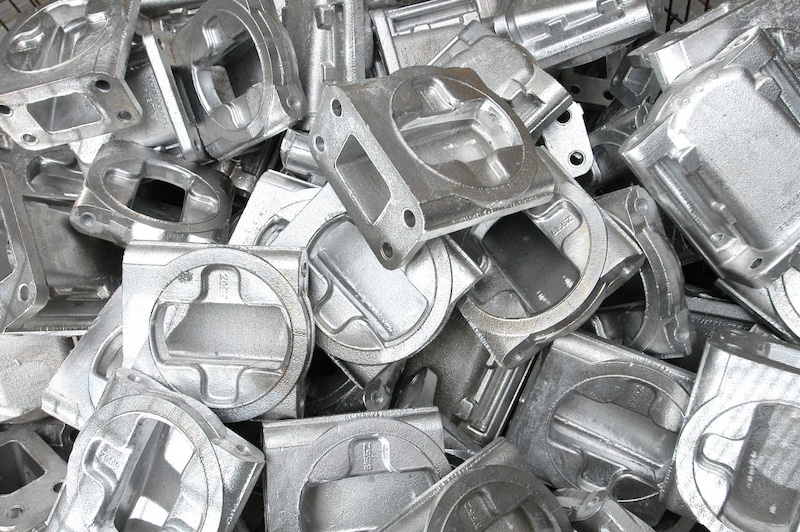If you’re new to the idea of die casting, getting started can be a daunting prospect.
First, there are decisions over the material you use – do you opt for aluminium casting or would another metal work better? Then there’s the exact type of casting you use – structural die casting, gravity die casting, pressure die casting… confused yet?
Getting started is a steep learning curve with much to consider, which might leave you questioning if it’s even worth it. But that’s one question that is easy to answer – yes, it is!
Regardless of the exact type of casting (or metal) chosen, the process of die casting offers a host of advantages.
Want to know what they are?
Here we take a quick look at some of the most significant benefits of choosing die casting as your manufacturing process.
5 key benefits of die casting
1. It’s cost efficient
Perhaps the biggest factor under scrutiny when it comes to choosing a manufacturing process is cost – it all comes down to the bottom line.
Few processes can offer the same level of speed and accuracy for producing metal parts.
Also in its favour, is the fact it produces minimal waste. Opt for an easily recyclable metal, such as aluminium, and the savings will continue to mount up.
2. It’s flexible
Design flexibility is often crucial to success. Die cast parts can be incredibly simple or highly complex, and this versatility allows for a process that can fully meet your design criteria and needs.
3. It offers mass production – without compromise!
Few processes can rival the capabilities of die casting in terms of mass production. But for many, it’s not just speed and capacity that are important – maintaining consistent standards with high-quality parts is also essential.
Good to know then, that die casting is renowned for its repeatability. Offering unwavering precision on a large scale.
4. It’s economical
Once a die has been created, it can be used repeatedly – creating hundreds, thousands, and in many cases millions, of components to meet the same strict criteria.
This is an efficient use of both materials and time.
5. It’s fully bespoke
Not only is a die cast mould designed to your exact requirements, but there are also numerous options for finishing that can be integrated into the die casting process.
Whether it’s painting the surface of your component, taking steps to enhance corrosion protection, or increasing durability, by adding a finishing stage to your die cast you can fully customise your cast, maximising both the look and its performance.
Is die casting right for your needs?
Whilst it’s important to always consider the full requirements of each project, along with production speeds, quality standards, and quantities, die casting is a great option for many applications.
Want to discuss your needs in detail and find out more about how die casting could work for you? Then why not get in touch with Lupton and Place?
As European leaders in the field of die casting, they’ve worked on all manner of projects with businesses from across every sector.
Highly experienced, whatever it is you want and need from a component, they can help you to achieve it. Contact them today for answers to all your die casting questions.
[ad_2]
Source link




